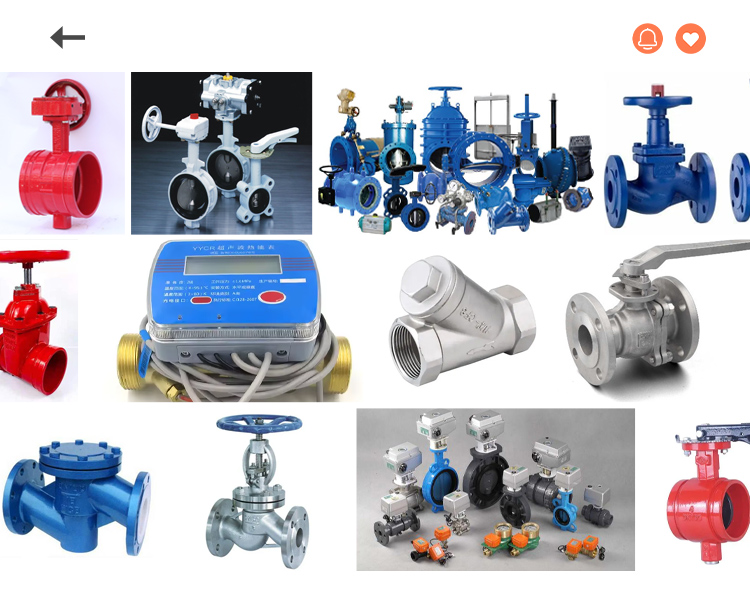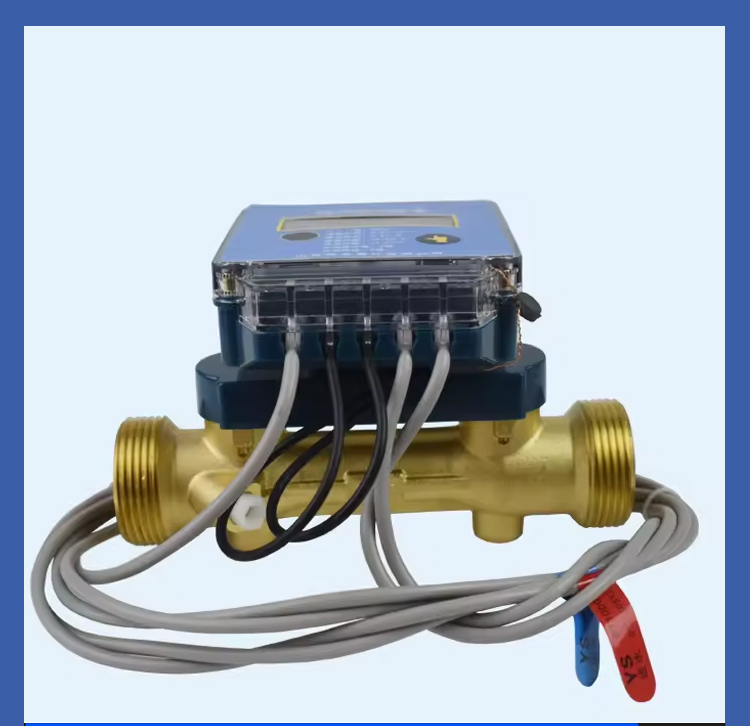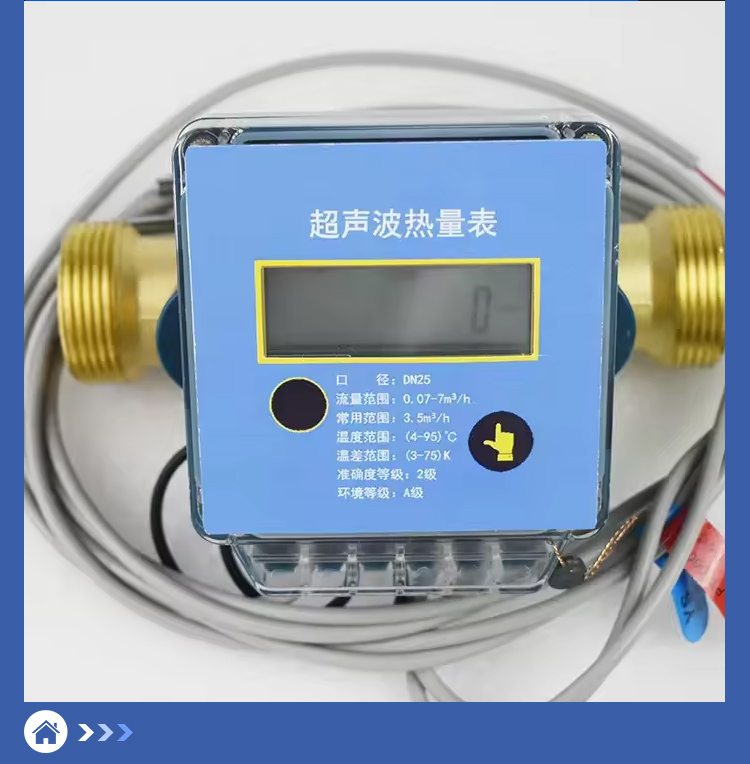Ultrasonic heat meter is a device that installs a pair of temperature sensors on the upstream and downstream pipes passing through the heat transfer fluid, and a flow meter on the fluid inlet or return pipe (the final measurement result varies depending on the location of the flow meter installation). The flow meter emits a pulse signal proportional to the flow rate, and a pair of temperature sensors provide an analog signal indicating the temperature. The integrator collects signals from the flow and temperature sensors and uses calculation formulas to calculate the heat obtained by the heat exchange system. Compared with the household meters commonly used in the construction industry in the past - water meters, electricity meters, and gas meters, it has a more complex design and higher technical content, mainly used in prefab home and traditional house. Ultrasonic calorimeter is a high-tech product that incorporates mechanical, electronic, and information technologies, and has been successfully applied in many fields.
working principle
The ultrasonic calorimeter is based on the relationship between the speed of ultrasonic waves propagating in a fluid and the fluid flow velocity. By measuring the time difference between the propagation of ultrasonic waves in the fluid in both forward and reverse directions, the fluid flow velocity is calculated. The temperature difference between the inlet and outlet water is measured by a temperature sensor, and the heat of the fluid is calculated by combining the density and specific heat capacity of the fluid.
Association with valves
Ultrasonic heat meter, gate valve, ball valve, and butterfly valve each have their unique application scenarios and structural characteristics. Ultrasonic heat meters are suitable for energy metering in heating and cooling systems. Gate valves and ball valves are mainly used to cut off and regulate high-pressure or high-speed fluids, while butterfly valves perform well in situations where precise flow control is required.












